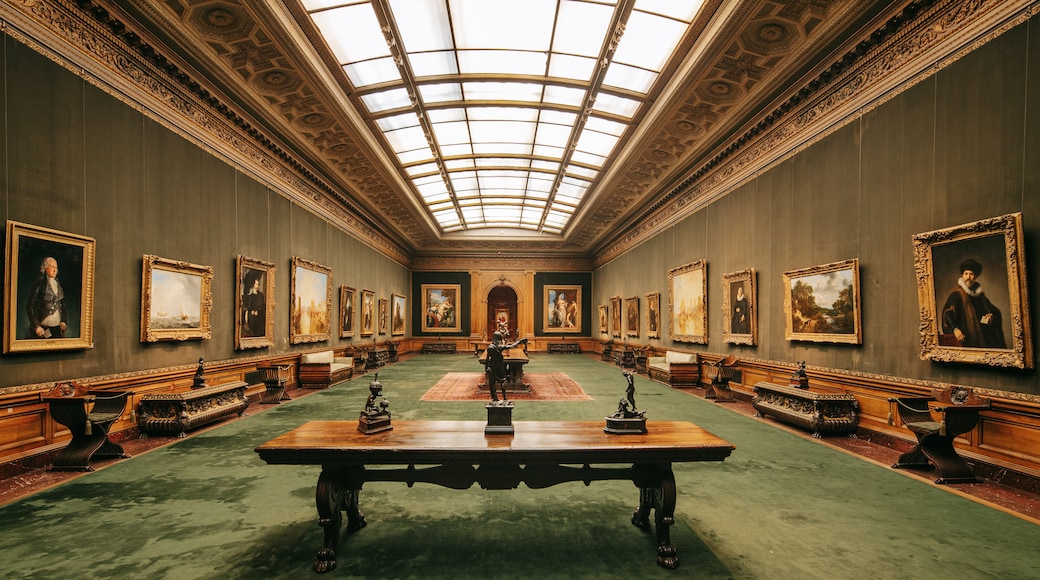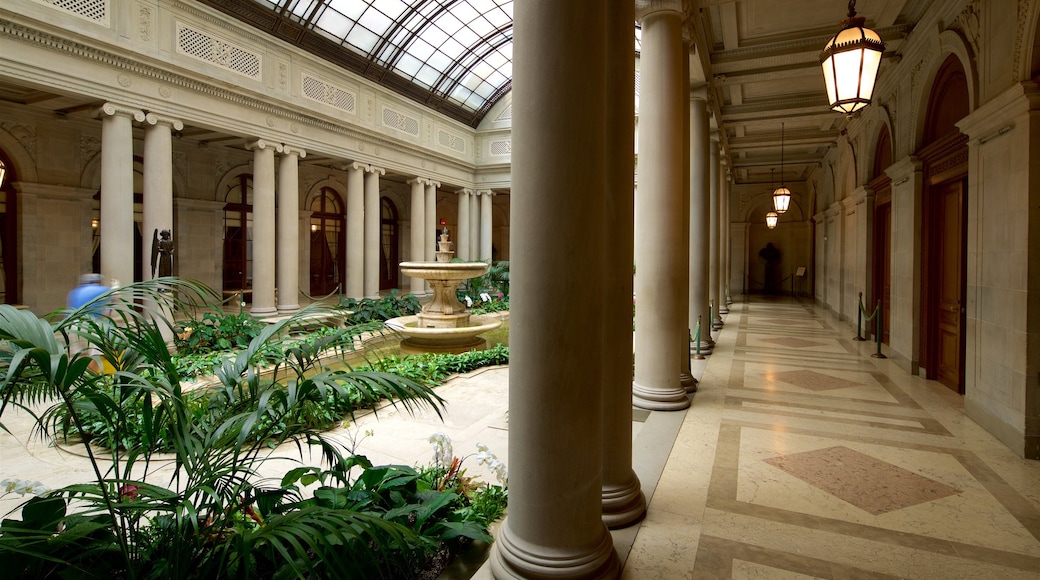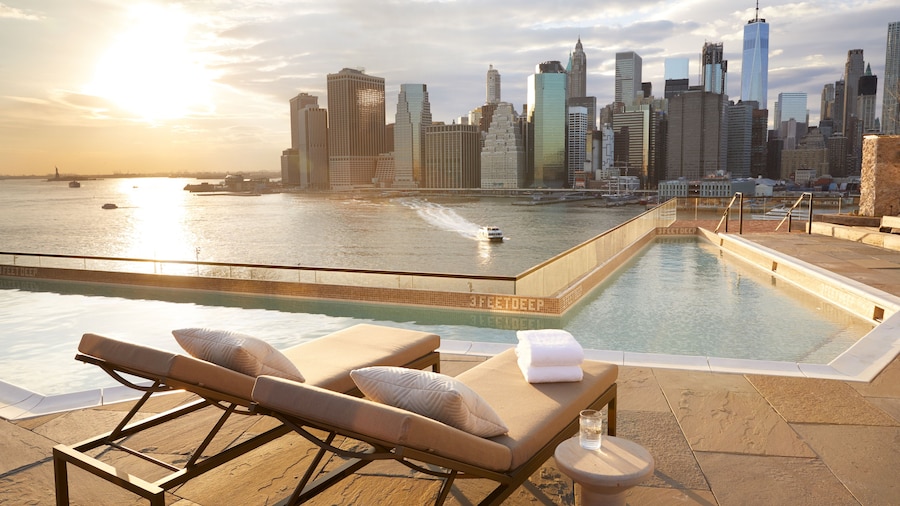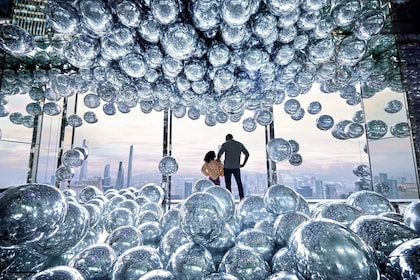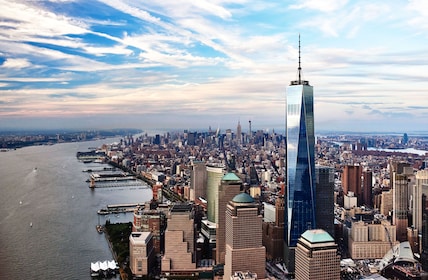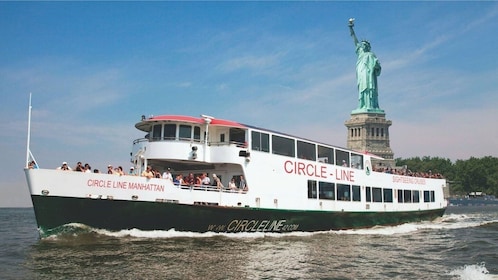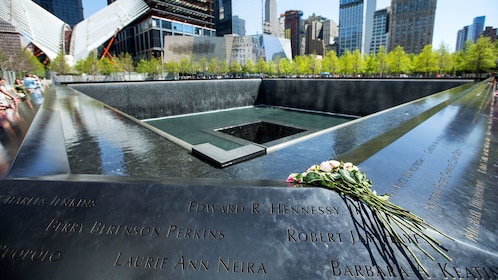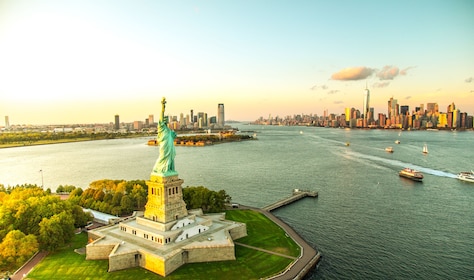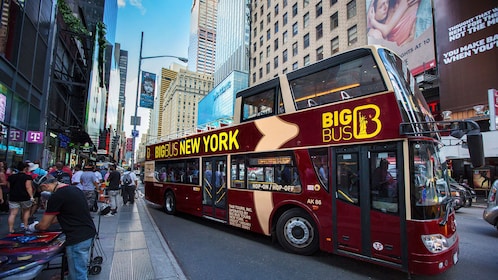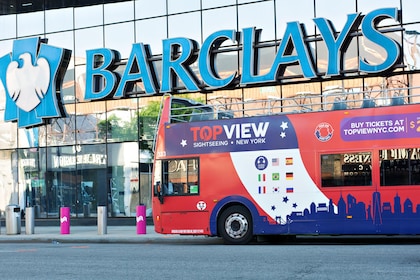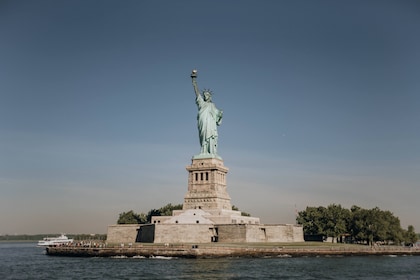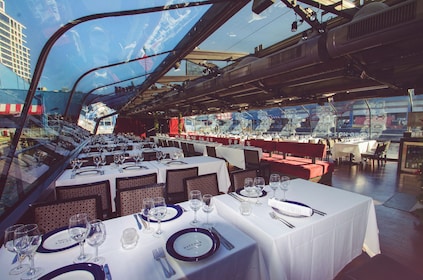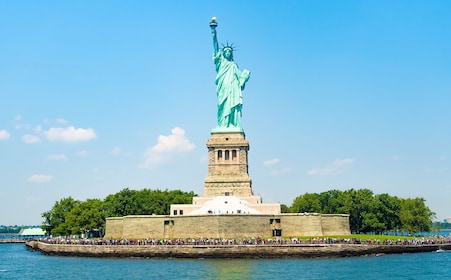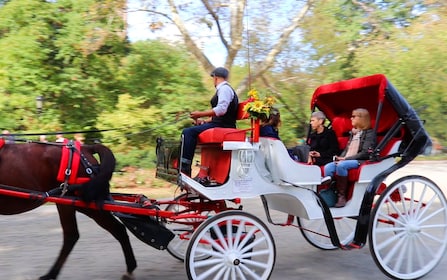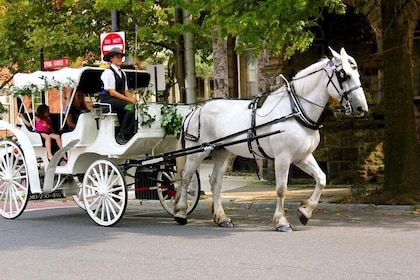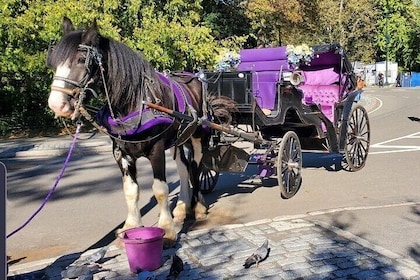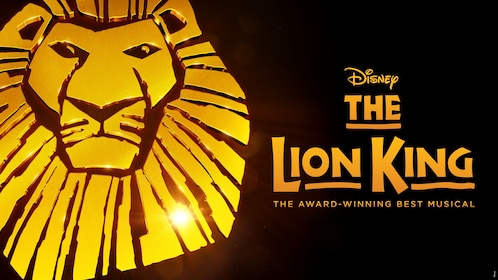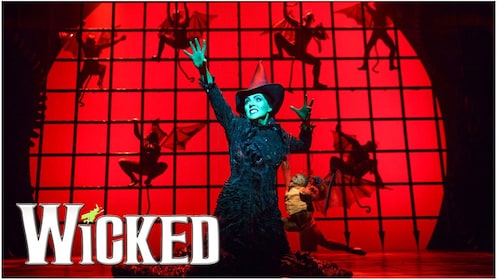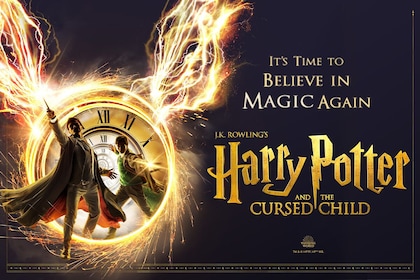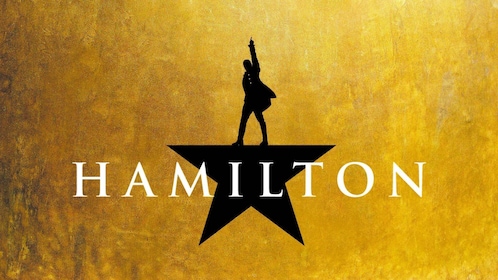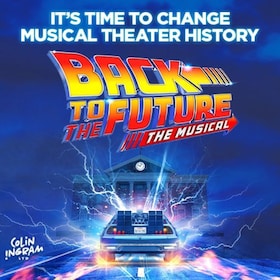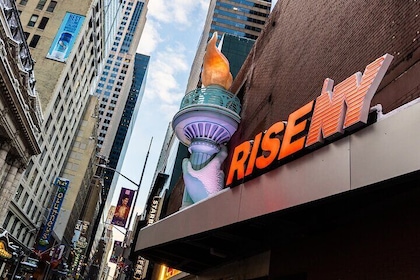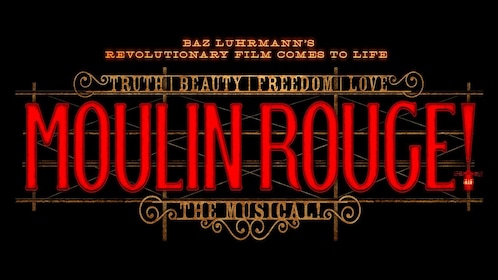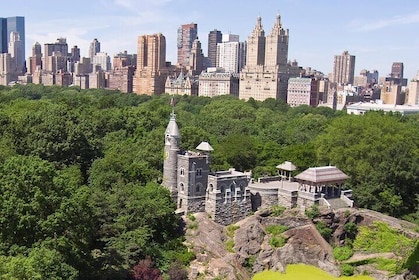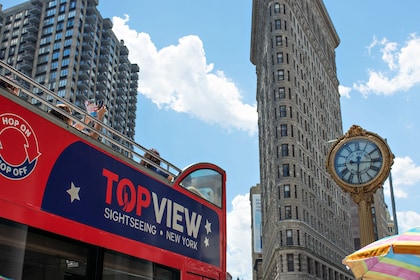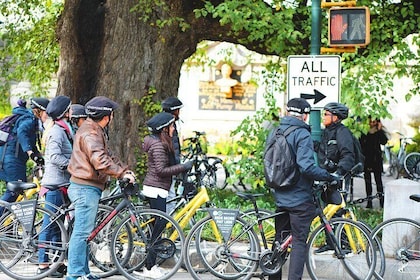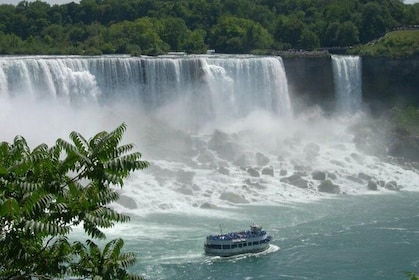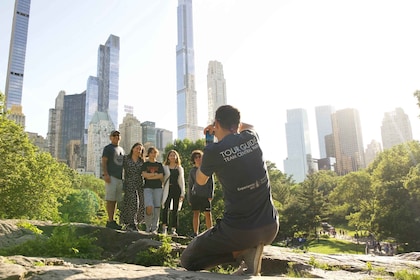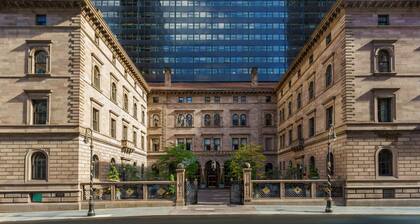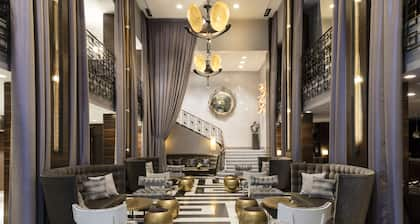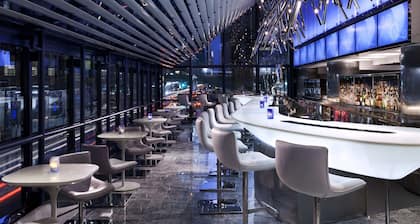Visit the Frick Collection, an impressive assemblage of art in an equally impressive mansion. The museum is the former residence of Henry Clay Frick, an industrialist who built his wealth from the steel industry in Pittsburgh. Upon his death in 1919, he bequeathed the mansion, its furniture and his artwork to the city of New York for use as a public gallery to encourage appreciation of fine arts.
The collection features paintings and sculptures as well as textiles, clocks and watches, porcelain, Limoges enamels, gilt bronzes and works of silver. Stroll through all 16 exhibition spaces in the mansion displaying some of the more than 1,100 pieces of the collection.
The artwork is extraordinary in quality and diversity, from the Renaissance to the late 19th century. Marvel at the paintings, which include works by Boucher, Rembrandt and Turner. Look for portraits by Gainsborough and van Dyck, The Progress of Love by Fragonard, The Forge by Goya, Vétheuil in Winter by Monet, La Promenade by Renoir and maritime scenes by Turner. Sculptures include a bust and a bas-relief portrait of Frick by Malvina Hoffman. Frederic Remington’s The Bronco Buster is a noted sculpture, along with statues of Hercules, Mars, Mercury, Neptune, Venus and other gods, goddesses, satyrs and nymphs.
View the 18th-century furniture decorated with carvings, inlays and decorative fabrics. The pieces of porcelain range in origin from Sèvres to Chinese Ming dynasty. The gilt bronzes include numerous candelabra. Tapestries include Indian, Persian, Chinese and Flemish carpets and wall hangings.
Attend one of the museum’s special programs, which include concerts, lectures and recitals. Check the calendar of events online.
The museum is closed Mondays and select holidays. The admission price is reduced for seniors and students and includes a short docent talk. Note that children under 10 years old are not allowed to enter.
Reach the Frick Collection via New York City bus or subway. Alternatively, window-shop along 5th Avenue from midtown Manhattan or walk through the southern end of Central Park to the museum’s location across from Central Park Lake.
